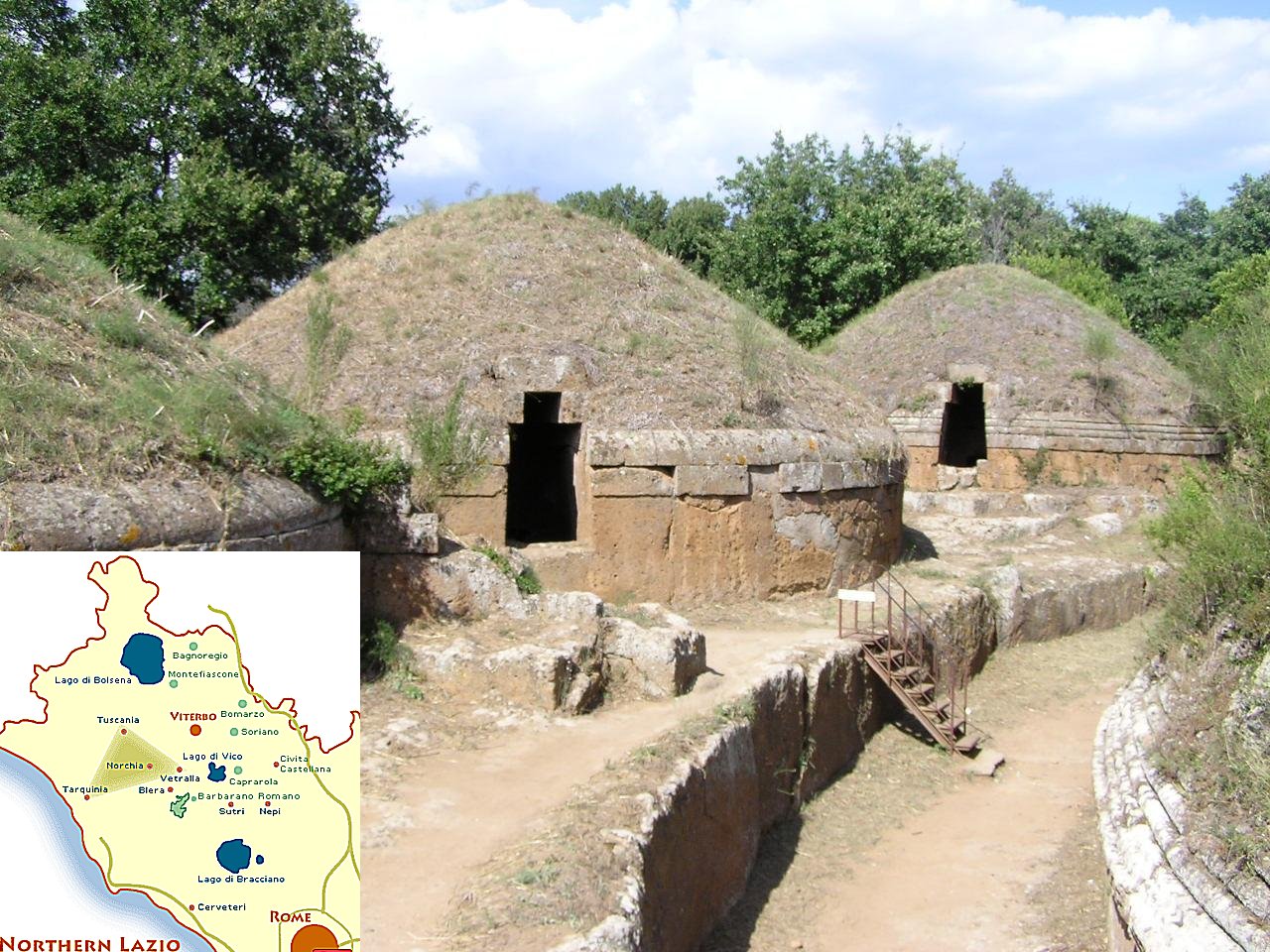MessdageToEagle.com – Scarab beetles, which represent one of the oldest and widely used symbols, have played various roles in their interactions with humanity. They were important in religion, folklore, folk medicine, ornamentation and even food and they were in use as a symbol from a most remote past.
Recently, archaeologists conducted excavations of a tomb in northern part of Lazio, a region situated in the western-central area of Italy.

The tomb dates back to the 8th century BC and contains treasures including an amber necklace, a golden Egyptian scarab amulet and rare pottery that archaeologists say likely belonged to an Etruscan princess.
The excavation of the Tomb of the Golden Scarab follows its discovery earlier this year in the archaeological site of Vulci, a former Etruscan city. From Sardinia, for example, originates the habit to carve amuletic and ornamental scarabs, which passed to Etruria, and later to Rome, where they lost their symbolic importance.
See also:
Secrets Of The Scarab – Ancient Sacred Symbol In Human History
Mysterious Etruscans: Skilled Sailors And Master Craftsmen
Tages: Etruscan Prophet Who Revealed Sacred Knowledge Before He Vanished
Mystery Of The Silver Hands Discovered In An Etruscan Tomb Full Of Secrets
The Etruscan scarabs were found in many different parts of Italy, quite frequently at Chiusi, Præneste, in Tuscany, and in the necropolis of Clusium.
Some of these have been found in tombs and other places with the color changed to an opaque white by the action of fire. For western Phoenicians, or Carthaginians, the scarabs were also very important, being found in all the tombs.
ANSA writes that ‘anthropological research helped back the theory that the tomb belonged to a princess within the ranks of the nascent Etruscan aristocracy. A few bones wrapped in precious cloth are all that remains of her
The excavation of the tomb was carried out in the laboratories of the Vulci foundation in Montalto di Castro near Viterbo.
In April this year, an international team of archaeologists begins excavations at the Vulci, in Viterbo province, about 100km north-west of Rome.’
MessageToEagle.com






